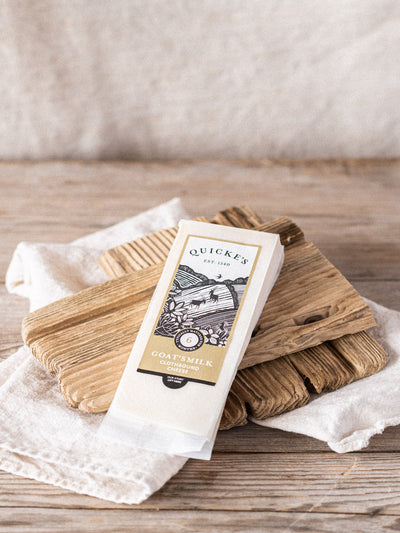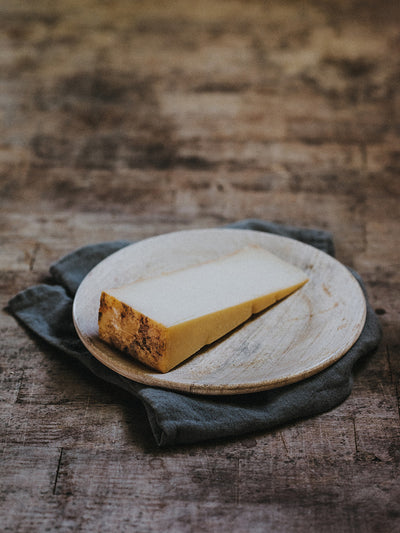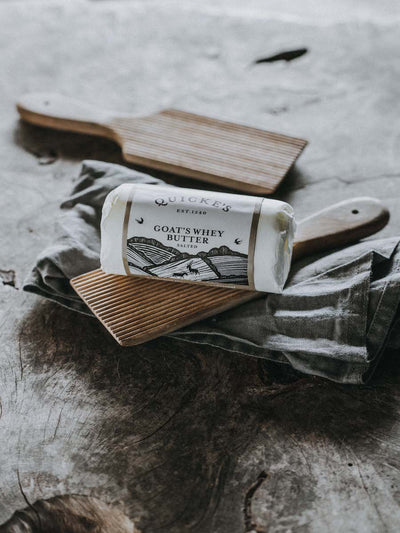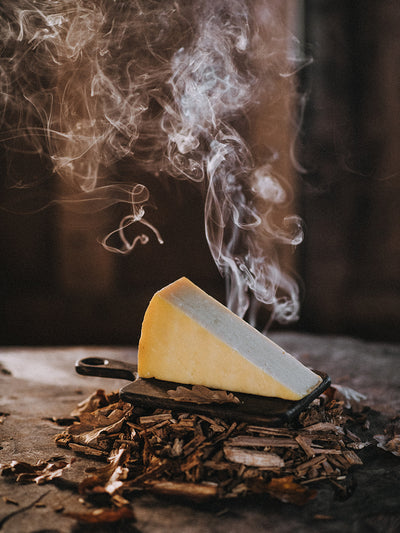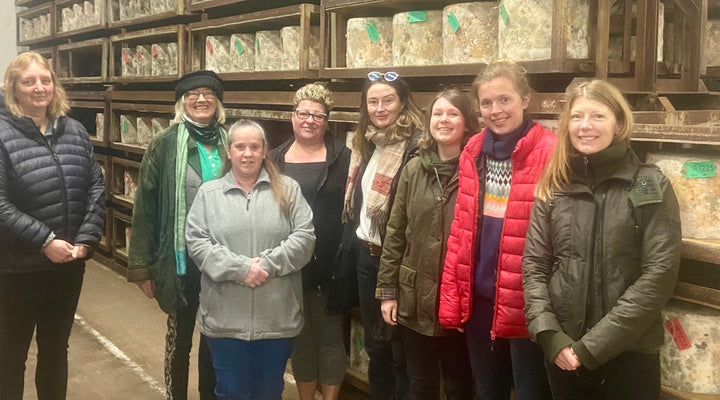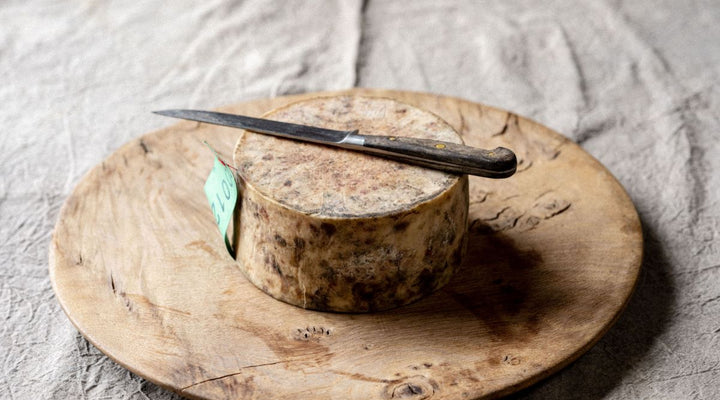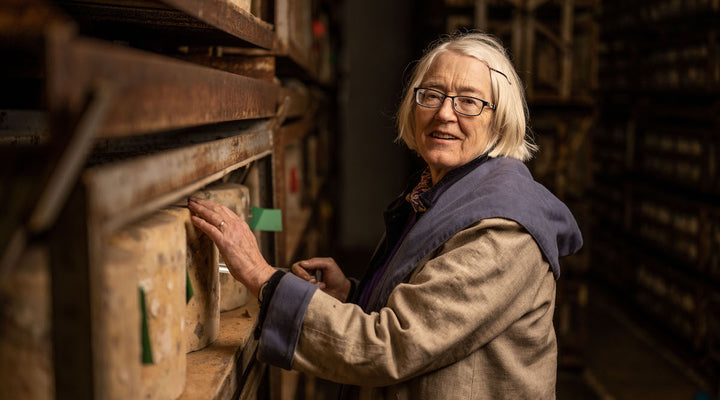Nature
Beautiful, gorgeous, flourishing June, when every leaf reaches to the sky, and every creature luxuriates in peak sun. The greens merge from their spring myriad of shades to the mid green of high summer. The ash trees, really late this year are finally in full leaf, and the landscape is now complete with its full complement of leaves. Young of everything are everywhere.
Our house martens hadn’t arrived by mid-May. I even dreamt about exhausted house martens struggling to get here from central Africa, that extraordinary journey for these tiny creatures. I keep hoping they will turn up any day.
The tadpoles are developing legs and disappearing, I hope not just into the heron’s beak that so elegantly stands fishing.
It’s no longer safe to stop and sit in the sun in the woods as every inch of the forest floor is covered with wood ants just waiting to defend their territory. The size of their ant hills is amazing, with some getting to 4 foot high, huge cities filled with busy ants. Disturb them, and they send up an eye-stinging cloud of formic acid to defend their city.
Arable
The crop are at their most flourishing: all promise, and no reality check. That comes later when we see what we have harvested. For now the barley ears are filling and starting to turn, if it stays as dry as it has been. The wheat is coming into full flower, soft and rich green ears releasing clouds of pollen. Each little green floweret could make a grain of wheat, and it probably won’t be as fat as the flower promises: it never quite is, and this year, the dry spring has already limited the roots growth and leaf size. People are already expecting straw to be in shorter supply: the plant’s plan for how tall it will grow is already set.
The maize starts its extraordinary growth, meeting in the rows then reaching tall. It is the latest sown crop, and the one that gets the tallest, using the sun’s energy the most efficiently of any crop we have: it just needs warm weather and just a little moisture to make it all happen. We are seeding kale and fodder beet for our cows and young cattle to grow on over the winter when the cows aren’t milking and the grassland is too tender to harbour them. As we make bales of silage, we will put those in the field so each group has a fresh big bale every day.
Farm
We had a difficult TB test last month. Almost the whole of the group of heifers ready to go to the bull now for the first time reacted very strongly to the test. We are still all shocked and saddened by it. Early in the week, you put a killed sample of the disease just under their skin. You see how they respond 4 days later. If they have never met the disease, they have a little lump: if they have met it and are fighting it, they have a big lump, depending on how hard they are fighting it. If they have the disease and their immune systems have suppressed it, the lump may be little. Sadly our shiny, joyful, up-for-life little heifers came in to the reading part of the test with lumps the size of tennis-balls. No-one could meet each other’s eyes, not the vet doing the test or any of us, as we got each one in to be read in turn. It’s so sad that animals so ferociously resisting the disease go off to slaughter. It’s the way to see grown-ups cry.
The vet thinks the animals could have bumped into an external source of the disease when they were out grazing the kale. We are looking at everything to keep them safe next winter. When we check the animals, we don’t walk every inch of the fence line. We’d be happy to pay someone to help us be this vigilant. We need someone to walk the whole boundary of the two outwintering fields once or twice a day every day from November/December through till February/ March. We can ask the vets to help us if they do notice a problem. If you know of an outdoorsy, reliable, wildlife-interested person who would be willing to take this on, let me know.
Grass
For now, the grass is growing beautifully, with the clover growing like crazy. We really enjoyed the useful lot of rain that came in a couple of days last month and we’d like to book an inch and more in one go every couple of weeks. It is remarkable how much more grass we have available to the cows by the river now we have taken the spring cows up the hill. It’s lovely to see how their grazing that has been used for cropping for ages is slowly turning into a rich sward, as they graze and manure the grass roots get really bedded into the soil. Grassland farming is completely magical: it takes stuff we can’t eat and which nurtures the soil and with the help of some beautiful, generous animals, turns it into something wonderful that makes delicious, nourishing food.
Cows
The spring cows are getting in calf: the herd now looks quiet and content as more and more animals get pregnant. One feature of our grassland farming, and our little cross-bred cows is that they yield less than cows who live an inside life and they get in calf more easily. The lower yields mean the cows aren’t putting so much into their udders, so they feel happier to get in calf more quickly. We are happy to see the mating frenzy decline, that means the cows have got in calf, and we are set for new life and milk next February.
Mary

